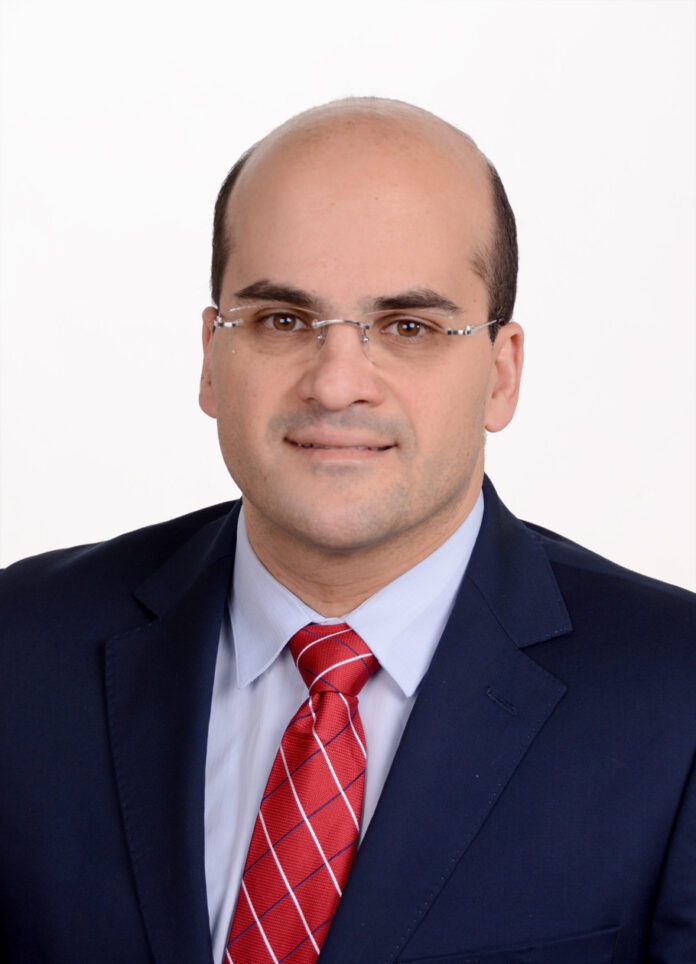What To Know
- A clinical response was observed in 92% of patients in the Spatz Balloon group, with 74% achieving the secondary endpoint of weight maintenance at 6 months post-extraction.
- In addition to achieving the highest weight loss results, the clinical study demonstrated a beneficial effect on chronic illness, which is of even greater importance.
Spatz announced that the Spatz3 Adjustable Balloon FDA pivotal trial results were published in The Lancet:
Adjustable intragastric balloon for treatment of obesity: a multicentre, open-label, randomised clinical trial. Prof Barham K Abu Dayyeh MD et al. The Lancet. Volume 398, Issue 10315, 27 November–3 December 2021, Pages 1965-1973.
Professor Barham Abu Dayyeh (Mayo clinic) and Professor Christopher Thompson (Brigham Hospital/Harvard) were co-principal investigators in this RCT, miITT clinical trial conducted at 7 centers in the US. The publication reported the results of this 288-patient study; comparing the Spatz3 Adjustable Balloon (with diet and exercise) to control patients treated with diet and exercise alone. All end points were achieved, and Spatz Balloon patients achieved 15% total body weight loss, compared to 3.3% in the control group. A clinical response was observed in 92% of patients in the Spatz Balloon group, with 74% achieving the secondary endpoint of weight maintenance at 6 months post-extraction. Unique to the Spatz balloon is its adjustability feature; the ability to change balloon volume during the course of treatment. Upward adjustment, used to forestall weight loss plateau, facilitated an additional 5.2% total body weight loss. Downward adjustment, used to alleviate intolerance, allowed 75% of intolerant patients to complete the full duration of therapy. No micronutrient deficiencies were observed, and device-related serious adverse events were observed in 4% of patients, without any deaths.
Spatz3 Has Greater Efficacy Than Non-Adjustable Balloons
According to Professor Abu Dayyeh, et al, Spatz3 Adjustable Balloon demonstrated greater efficacy compared to 6-month and 12-month non-adjustable balloons tested in FDA trials:
“The adjustability of this IGB (intragastric balloon) could have facilitated the considerably greater efficacy observed compared with that of other non-adjustable gastric balloons.”
Beneficial Effect on Chronic Illness
“We observed improvements in blood pressure, liver biochemical tests, total cholesterol, and diabetes control among a small cohort with type 2 diabetes.”
Added Benefit of Adjustability
“The unique capability to endoscopically increase IGB volume to augment treatment effect and decrease IGB volume to mitigate intolerance is thought to enhance efficacy and prolong therapy duration.”
The authors elaborated on the benefit of an adjustable IGB (aIGB) and a longer dwelling time:
“The bi-directional volume adjustability and longer dwelling time of this IGB compared with other previous iterations and other IGBs personalize this treatment to individual patients and improve its tolerability and efficacy.”
“… the upper adjustment delivered in the study at week 18 afforded those patients an additional 5.2% total body weight loss by month eight of implantation, and an overall 3.1% greater total body weight loss then in those patients who did not undergo any adjustments. These results are congruent with those observed in international studies… [1,2].”
“Decrease in aIGB volume offers an effective method for patient adherence and avoiding premature extraction.”
Spatz3 Achieves International Safety Standards
Abu Dayyeh, et al. acknowledged Spatz’ success in fulfilling all of the safety features suggested by the Tarpon Springs workshop – the only IGB in the world that has been able to achieve this:
“…the adjustable intragastric balloon aims to fulfill standards for intragastric balloons: smooth surface, fluid-filled, adjustable and containing radio-opaque markers, which were proposed over four decades ago by the comprehensive workshop at Tarpon Springs Florida on endoscopic therapy for weight loss[3].”
Conclusion
Dr. Jeffrey Brooks, founder, and inventor of the Spatz3 Adjustable Balloon remarked, “We set out to make a significant contribution to bariatric endoscopic therapy, and these published results have exceeded our expectations. The Lancet publication affirms our contention that adjustable balloons offer the highest weight loss results compared with 6-month and 12-month non-adjustable balloons in FDA trials. We are particularly proud of the fact that world-renowned bariatric endoscopists have highlighted our unique adjustability feature, which provides solutions for two issues that have plagued gastric balloons for the last four decades, namely, early intolerance/premature balloon extraction and weight loss plateau. In addition to achieving the highest weight loss results, the clinical study demonstrated a beneficial effect on chronic illness, which is of even greater importance. Taken together, all the Spatz3 achievements represent a paradigm shift in gastric balloon therapy.”

